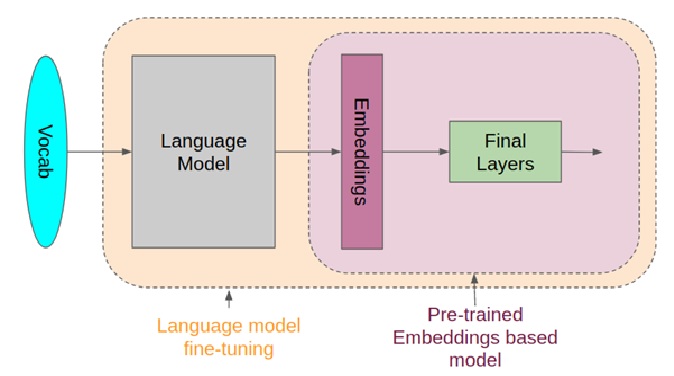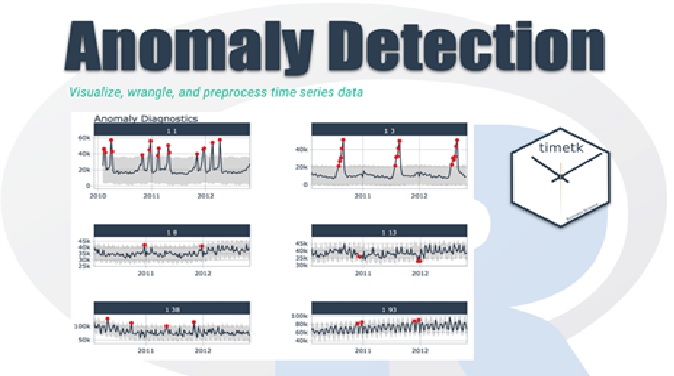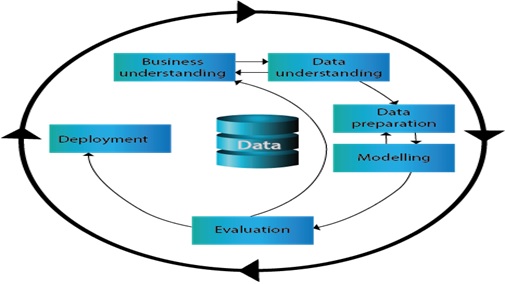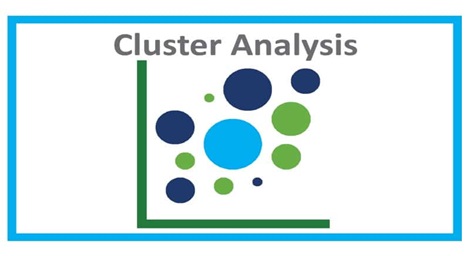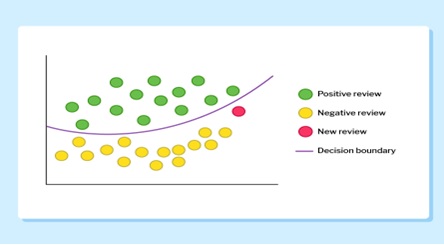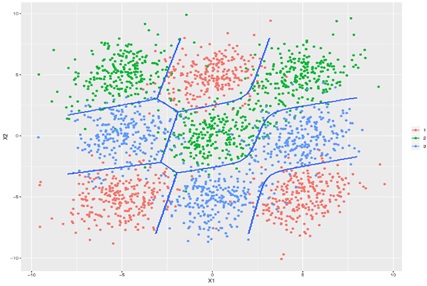Dimension reduction methods and techniques
Dimension Reduction process involves converting a data set with vast dimensions into a dataset with lesser dimensions ensuring that it provides similar information in short. In other words, dimensionality reduction consists of series of techniques and methods in machine learning and statistics to decrease the number of random variables.
There are so many methods and techniques to perform dimension reduction. The most popular of them are Missing Values, Low Variance, Decision Trees, Random Forest, High Correlation, Factor Analysis, Principal Component Analysis, Backward Feature Elimination.[1]

Figure 1. Dimension reduction methods and techniques
Dimension reduction methods and techniques is shown in figure 1. Dimensionality reduction technique can be defined as, "It is a way of converting the higher dimensions dataset into lesser dimensions dataset ensuring that it provides similar information." These techniques are widely used in machine learning for obtaining a better fit predictive model while solving the classification and regression problems.
Benefits of applying Dimensionality Reduction
Some benefits of applying dimensionality reduction technique to the given dataset are given below:
- By reducing the dimensions of the features, the space required to store the dataset also gets reduced.
- Less Computation training time is required for reduced dimensions of features.
- Reduced dimensions of features of the dataset help in visualizing the data quickly.
- It removes the redundant features (if present) by taking care of multicollinearity.[2]
Advantages of Dimensionality Reduction:
- Storage space and the processing time are less
- Multi-collinearity of the dependent variables is removed
- Reduced chances of overfitting the model
- Data Visualization becomes easier
Disadvantages of Dimensionality Reduction:
- Some amount of data is lost.
- PCA cannot be applied where data cannot be defined through mean and covariance.
- Not every variable needs to be linearly correlated, which PCA tends to find.
- Labeled data is required for LDA to function, which is not available in a few cases.
A vast amount of data is generated every second. So, analyzing them with optimal use of resources and with accuracy is equally important. Dimensionality Reduction techniques help in data pre-processing in a precise and efficient manner—no wonder why it is considered a boon for data scientists. [3]
References:
- https://www.intellspot.com/data-science-topics/
- https://www.javatpoint.com/dimensionality-reduction-technique
- https://www.kdnuggets.com/2022/09/dimensionality-reduction-techniques-data-science.html
Cite this article:
Gokula Nandhini K (2023), Dimension reduction methods and techniques,AnaTechMaz, pp.69





